What is SAP HANA?
Find out everything you need to know about SAP HANA and how it works
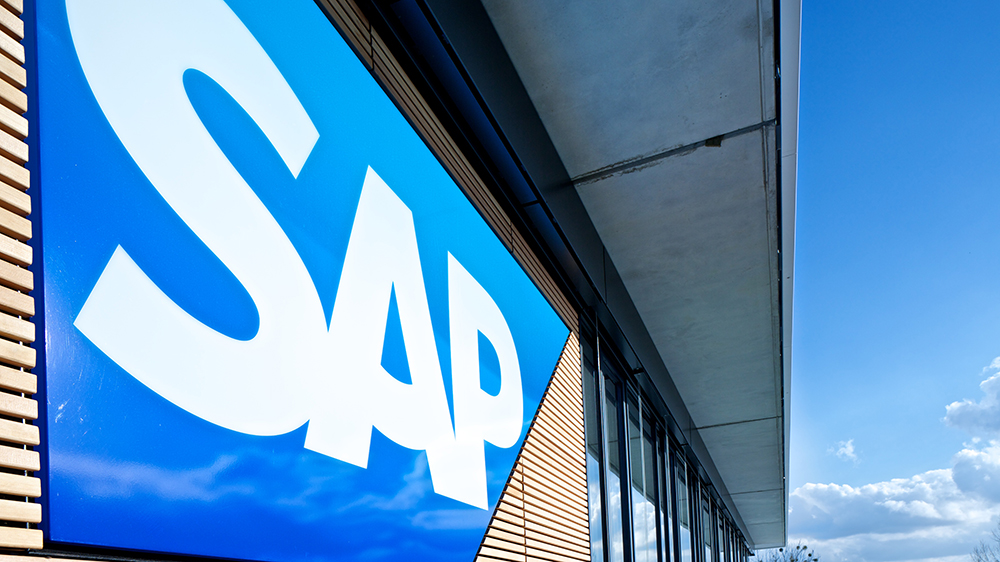
SAP HANA is one of the most popular analytical products around and is used by the likes of HPE, IBM and Dell - all of which have products and services optimised for the software.
As the name suggests, it's the flagship product of German software giant SAP. It is an in-memory database platform that analyses data at high speeds by processing information stored in RAM memory, instead of getting it from the hard disk or SSD. This way it allows other programmes to use vast quantities of data much more rapidly than they would otherwise be able to.
HANA, which stands for 'high-performance analytic appliance', was first launched in 2011. With HANA 2017 released six years later. The system can keep volumes of up to a petabyte of data in-memory while returning results in under a second.
How does SAP HANA work?
At its core, HANA is a relational database management system, but there's plenty more under the hood than that simple description suggests. The system is built on top of another SAP product, SAP In-Memory Database, that handles most of the data processing and brings together the column, row and object-based data storage methods used by HANA.
This underlying foundation enables HANA to rapidly access and analyse data from most structured databases without any intervention or need for additional products to translate the information into a software-readable form. This also includes applications and systems.
Depending on the source of the data, it can use three different types of data replication: Sybase (also known as Log-based); extract, transform, load (ETL)-based; and trigger-based. This replicated data is then stored in-memory (i.e. in RAM) so the applications connected to HANA can access it rapidly in real time.
What is SAP HANA used for?
SAP HANA is used for Big Data processing and analytics. Its function is to make the information stored in different databases and in different forms readily available to other applications.
Get the ITPro daily newsletter
Sign up today and you will receive a free copy of our Future Focus 2025 report - the leading guidance on AI, cybersecurity and other IT challenges as per 700+ senior executives
While this may sound dry, it opens up a world of possibilities for new, disruptive businesses to emerge. It also opens up the possibility of optimising existing processes, like monitoring and optimising telecoms networks or energy usage.
A range of businesses globally have used SAP HANA to deliver marked improvements to operational efficiency. McLaren, for example, has drawn upon SAP HANA to analyse vast volumes of data and deliver real-time insights into vehicle performance during Formula One races.
French insurance firm Meteo Protect, acquired by insurance broker Cooper Gay SAS in 2020, used SAP HANA to generate weather insurance quotes for farmers based on climate and weather data.
What is the difference between SAP HANA and SAP S/4HANA?
The slightly confusingly-named SAP S/4HANA is an application designed to run on the SAP HANA in-memory database platform. Released in 2015, SAP S/4HANA is SAP’s latest enterprise resource planning (ERP) and business intelligence offering, using technologies such as machine learning, AI and advanced analytics to streamline business processes.
From improving production planning in manufacturing to simplifying accounting processes in finance, SAP S/4HANA can transform organisations’ business processes through intelligent automation. It can track and manage business resources, such as products, and manage and report on business commitments, such as payrolls and purchase orders.
For a retailer, for example, it can provide real-time stock availability to customers, help with more effective and efficient supply-chain management, and use predictive analytics to identify and prevent delivery delays.
RELATED RESOURCE

SAP S/4HANA is the fourth version of SAP Business Suite and is designed to be more user-friendly and intuitive than its predecessors. It can also solve more complex problems and handle much more data. While SAP S/4HANA is cloud native, it is not limited to running on the cloud. It has flexible methods of deployment, including through public, private or hybrid cloud and on-premise.
What are the benefits of SAP HANA?
Did we mention that SAP HANA is fast? Because it really is, and this is its primary benefit. There are myriad other Big Data analytics services that can draw information from various sources, both structured and unstructured, and divine insights that can improve the way an organisation runs. But in the main, they can't do it in real time and at scale in the way that HANA does.
The platform is also updated with new features regularly every quarter for the cloud-based version and once a year for on-premise which most recently has included enhancements like AI and ML.
What are the drawbacks of SAP HANA?
The highest quality item on the shelf tends to be the most expensive, and in this case in-memory computing bears no exception. The cost per bit of SAP is higher than most database platforms, particularly for those that run SAP HANA on-premise or in hybrid environments which necessitate investment in hardware and RAM, significantly more expensive than other forms of memory.
Furthermore, HANA is only really compatible with SAP or SUSE Linux certified hardware. If not already owned, the up-front costs of migration continue to stack-up. For users wanting to run the software on any other kind of hardware, major issues come to the fore as licensing prices are very high.
For some, the advanced capabilities of the software are also a drawback. It can be difficult to extract value proportionate with investment. Some developers who continue with their usual ways of working with databases don’t use SAP HANA to its full potential, only using it as a fast in-memory database.
For smaller enterprises that produce only small amounts of data, and for those producing unstructured data that can’t be stored in database format, this is also true.
It’s clear that SAP HANA won’t be useful for everyone. Businesses must ensure they have the right use case for rapid analytics, as well as the right budget in place, before making the decision to invest.
-
 Bigger salaries, more burnout: Is the CISO role in crisis?
Bigger salaries, more burnout: Is the CISO role in crisis?In-depth CISOs are more stressed than ever before – but why is this and what can be done?
By Kate O'Flaherty Published
-
 Cheap cyber crime kits can be bought on the dark web for less than $25
Cheap cyber crime kits can be bought on the dark web for less than $25News Research from NordVPN shows phishing kits are now widely available on the dark web and via messaging apps like Telegram, and are often selling for less than $25.
By Emma Woollacott Published
-
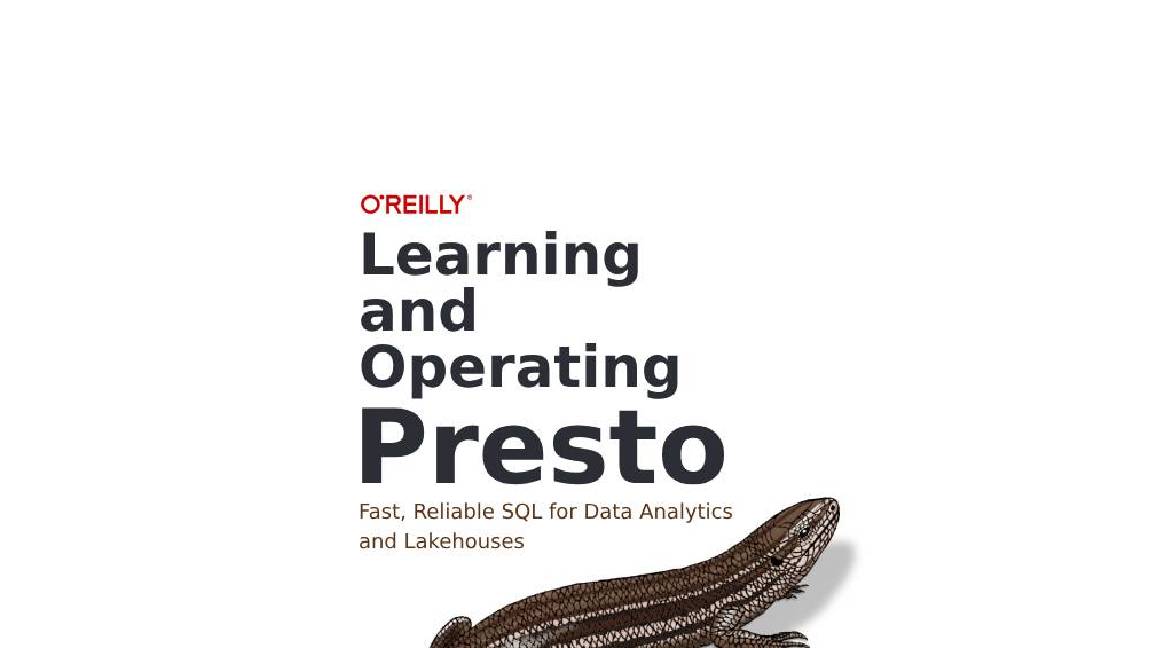 Learning and operating Presto
Learning and operating Prestowhitepaper Meet your team’s warehouse and lakehouse infrastructure needs
By ITPro Published
-
 Four ways AI is helping knowledge workers excel
Four ways AI is helping knowledge workers excelCase Study From medical diagnostics to mining and exploration, many industries are using AI to make their workers more effective
By Sandra Vogel Published
-
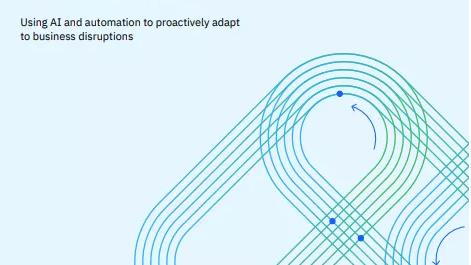 How to help IT manage itself with autonomous operations
How to help IT manage itself with autonomous operationsWhitepaper Using AI and automation to proactively adapt to business disruptions
By ITPro Published
-
 Green Quadrant: Enterprise carbon management software 2022
Green Quadrant: Enterprise carbon management software 2022Whitepaper Detailing the 15 most prominent carbon management software vendors to see if they fit your requirements
By ITPro Published
-
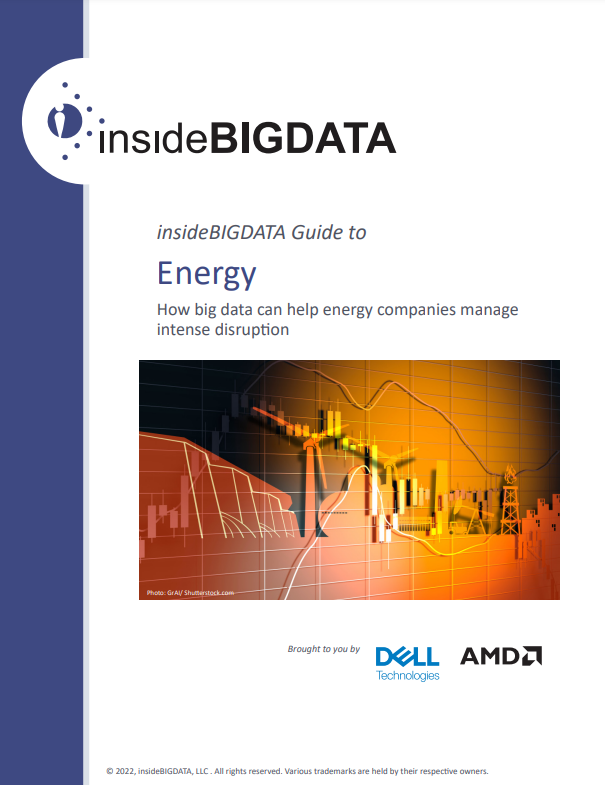 insideBIGData: Guide to energy
insideBIGData: Guide to energyWhitepaper How big data can help energy companies manage intense disruption
By ITPro Published
-
 Machine learning vs statistics: What’s the difference?
Machine learning vs statistics: What’s the difference?In-depth Both machine learning and statistics involve collecting datasets, building models and making predictions, but they differ in approach
By Jonathan Weinberg Last updated
-
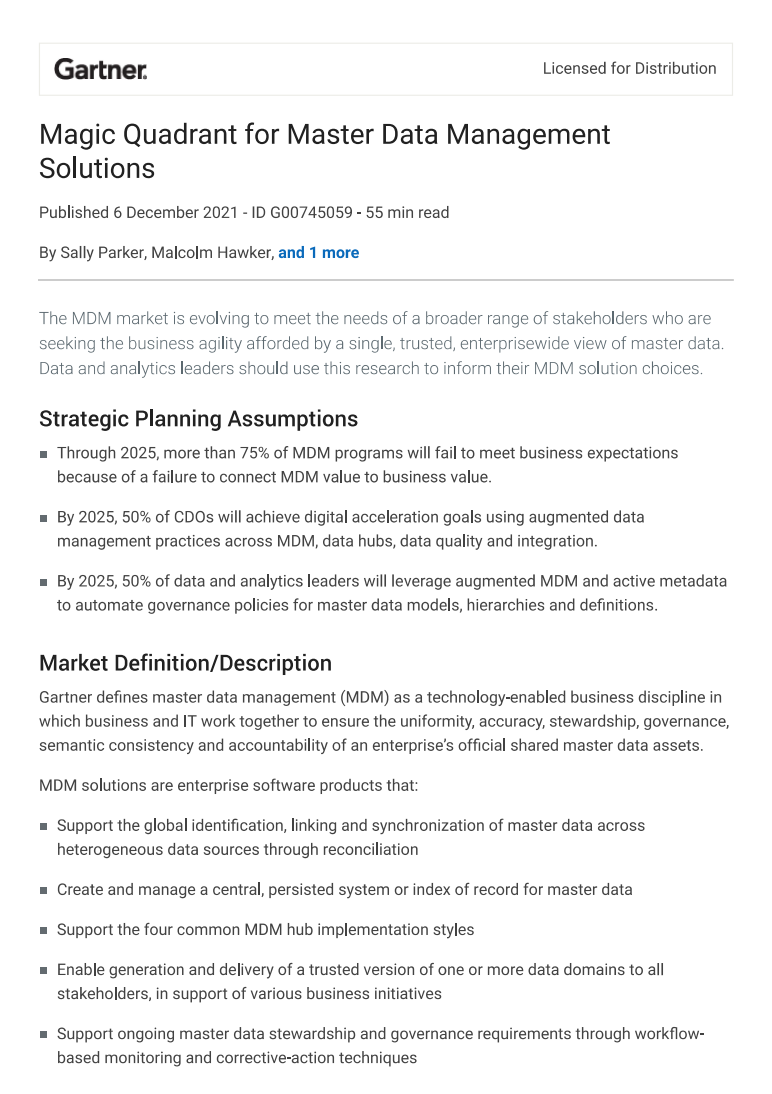 Magic quadrant for master data management solutions
Magic quadrant for master data management solutionsWhitepaper Informing your MDM solution choices
By ITPro Published
-
 Kyndryl partners with Teradata to boost AI and data modernisation
Kyndryl partners with Teradata to boost AI and data modernisationNews The new service combines Kyndryl’s data and AI expertise with Teradata’s cloud analytics platform to help customers migrate data to the cloud
By Daniel Todd Published